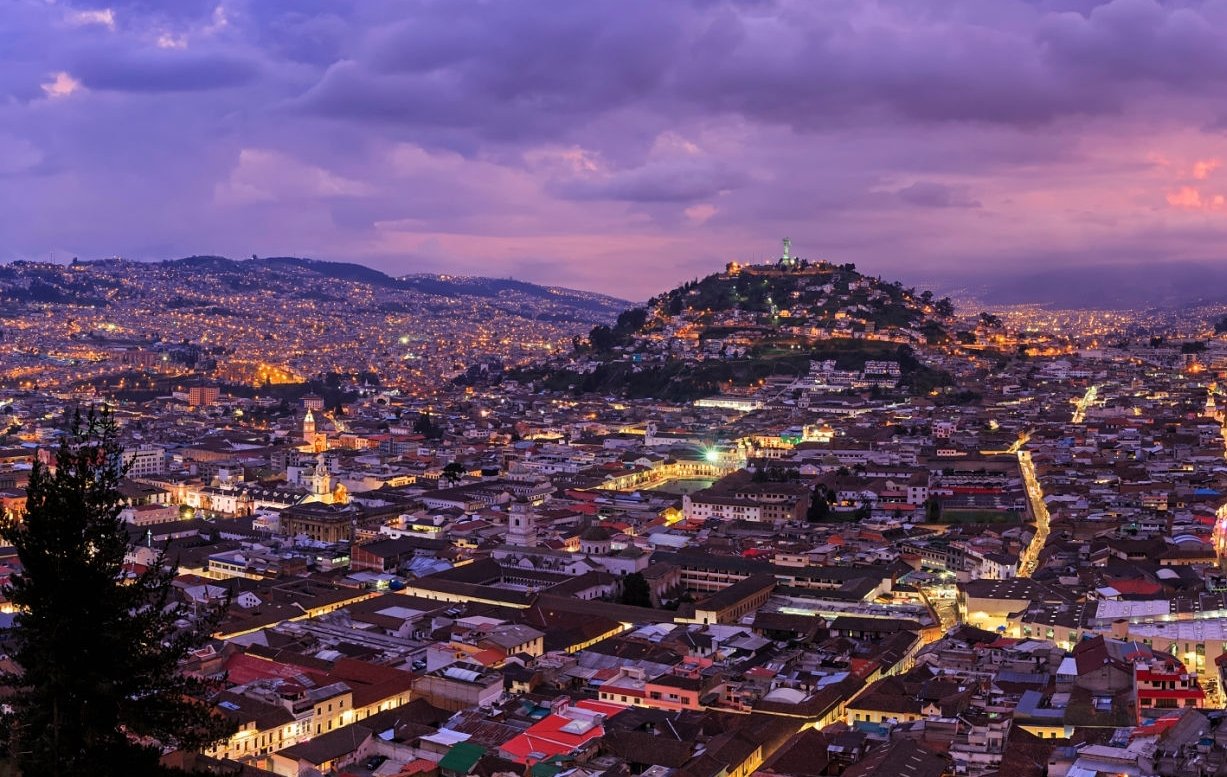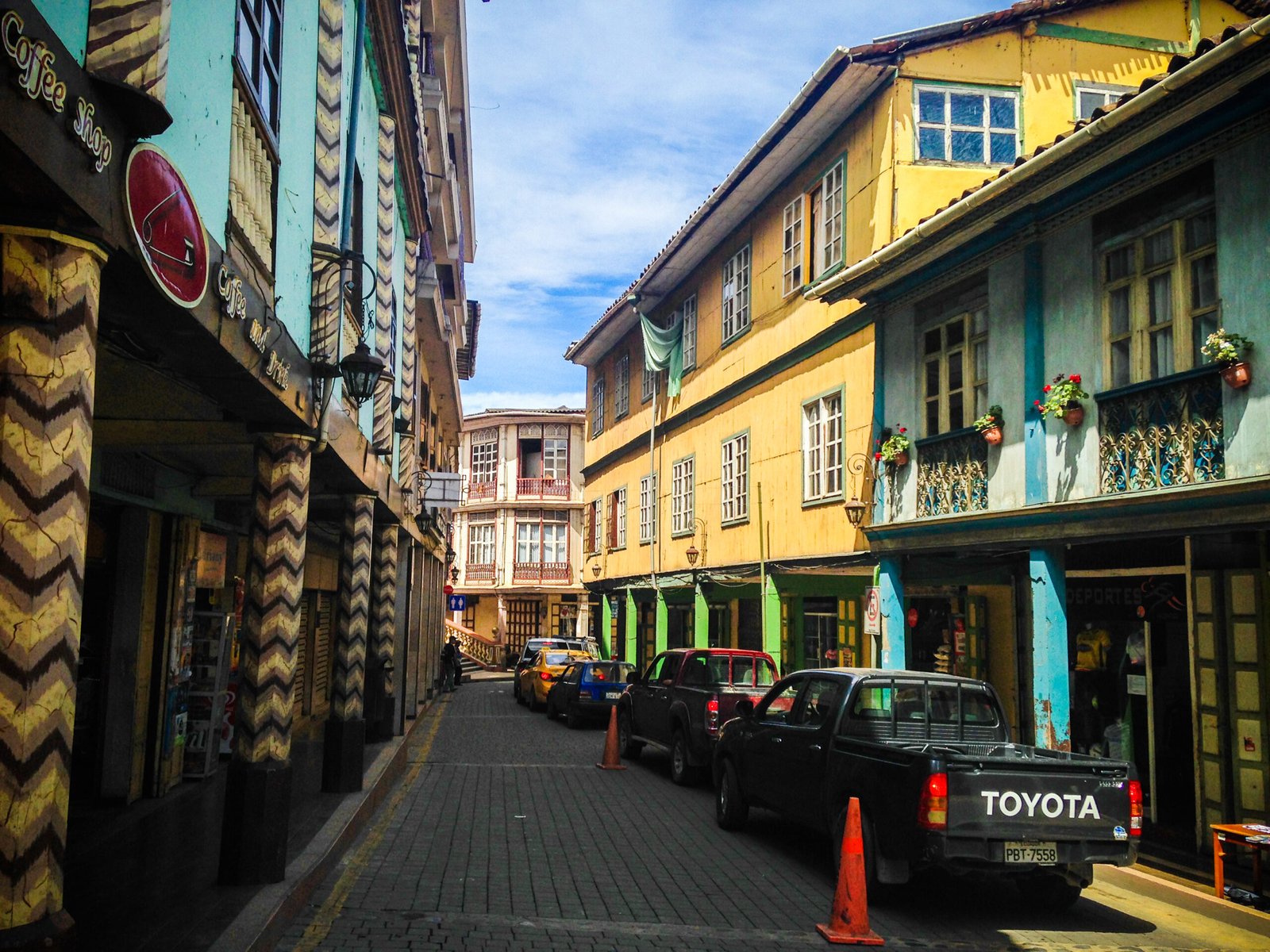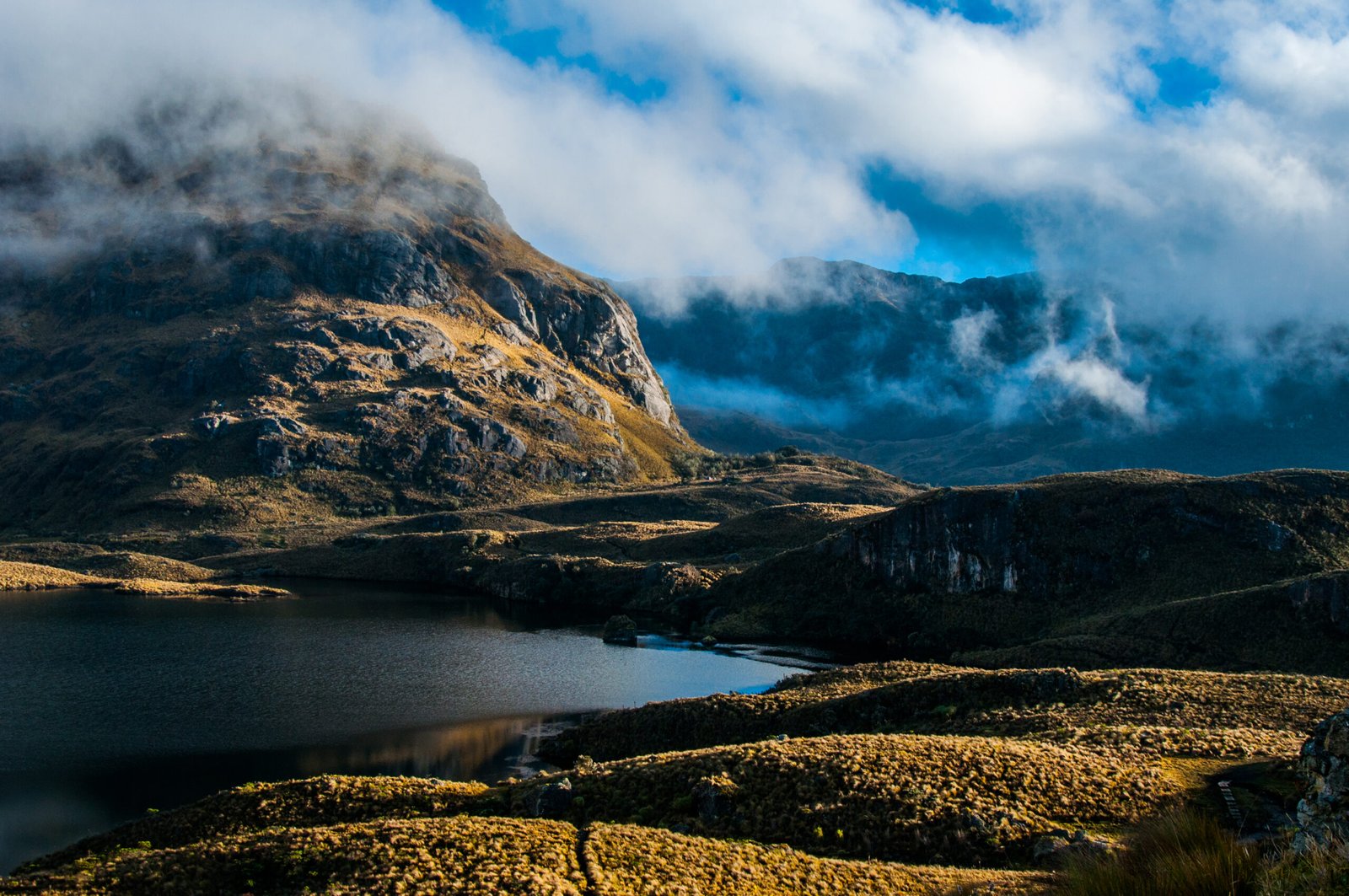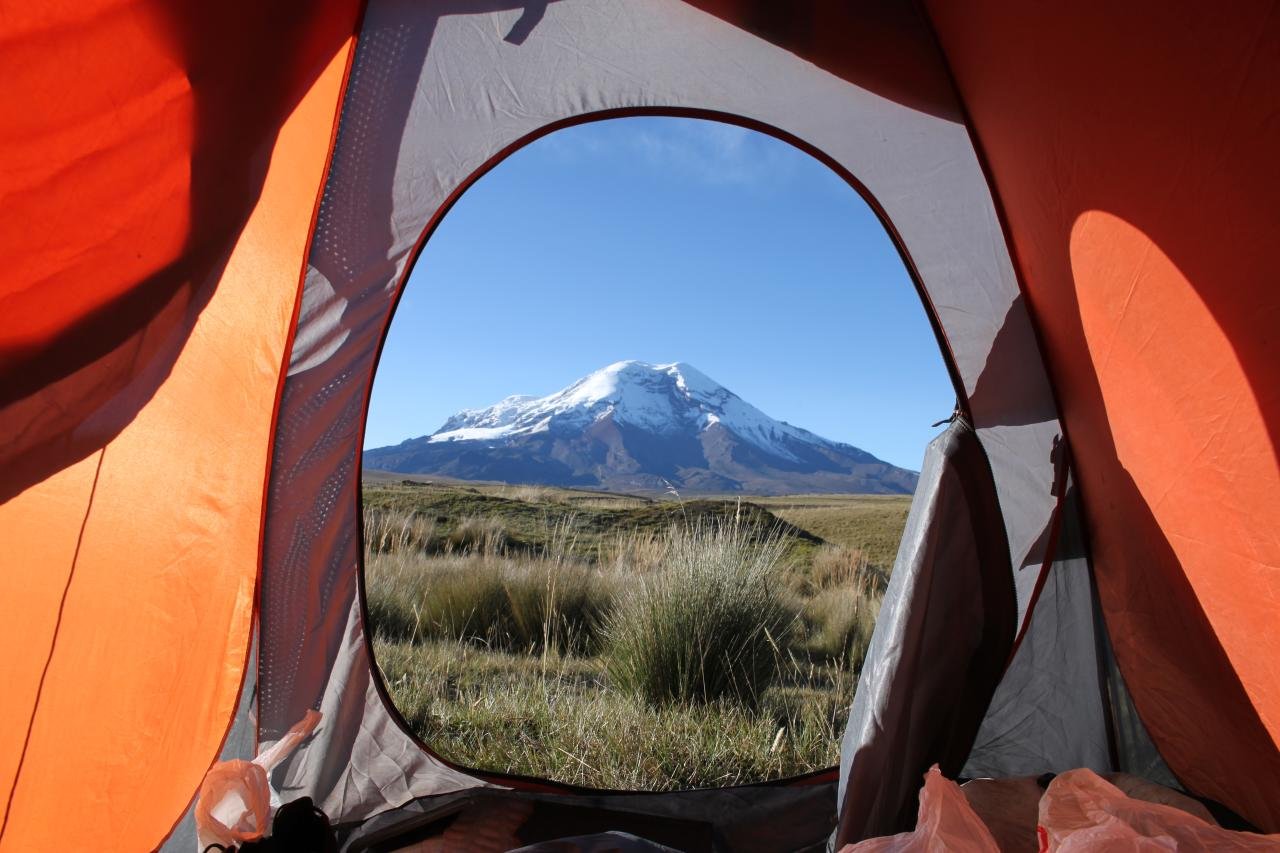Formerly an Ecological Reserve, it is now in the National Park category and receives greater environmental protection.
Vista del nevado Antisana.
Words & Photos: Jairo Cabrera – / Mapa: OpenStreetMap
Antisana National Park covers an area of approximately 120,581.3 hectares and borders other protected areas of the State Subsystem, such as Cayambe Coca National Park to the north. Sumaco Napo Galeras National Park to the northwest and the Colonso Chalupas Biological Reserve to the southwest. The National Park is located in the provinces of Pichincha and Napo.
Antisana National Park takes its name from the Antisana Volcano, a geological structure located in the Eastern Cordillera de los Andes at 5,758 metres above sea level, and its area of influence lies in the central highlands and eastern foothills of the Andes. Within this National Park there are moors and Andean forests. The passage and retreat of glaciers and the evolution of volcanic activity have created impressive landscapes and diverse wildlife.
Lake Mica is an amazing reflection of the volcano, from which Quito receives part of the water that reaches the city. In addition to this lake, there are swampy areas in the area where the water floods during the rainy season, forming seasonal lakes such as Santa Lucía and Mauca Machay. The rivers that flow through the eastern slopes of the park feed the Coca and Napo rivers. There are hot springs in the Tambo Valley.
Glaciar en el Parque Nacional Antisana y su volcán Antisana.
These areas are managed by the Ministry of the Environment, Water and Ecological Transition, together with 17 park rangers, whose duties include monitoring and surveillance of wild flora and fauna, environmental education, monitoring and tracking of species, visitor control, management of visitor sites, maintenance of tourist infrastructure such as trails and signage.
This protected area is a major biodiversity conservation area. It has nine types of ecosystems, including the glaciers of the Antisana volcano, as well as moorlands and mountain forests of the eastern cordillera. The geographical position and the time of the year have direct impact on the region’s climate. At the volcano with perpetual snow and surrounding areas, the temperature varies from a few degrees Celsius below zero to 10ºC and in the lowest areas up to approximately 20 ºC.
With the Ministerial Agreement of 20 July 2021, the Ecuadorian Ministry of Environment, Water and Ecological Transition formalised the change of category from Antisana Ecological Reserve to Antisana National Park, in order to strengthen conservation efforts for the Andean Condor (Vultur gryphus). The National Park becomes the 14th National Park in the list of Ecuadorian National Parks.










